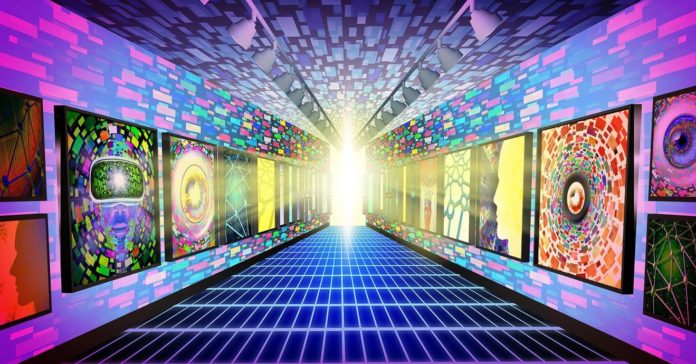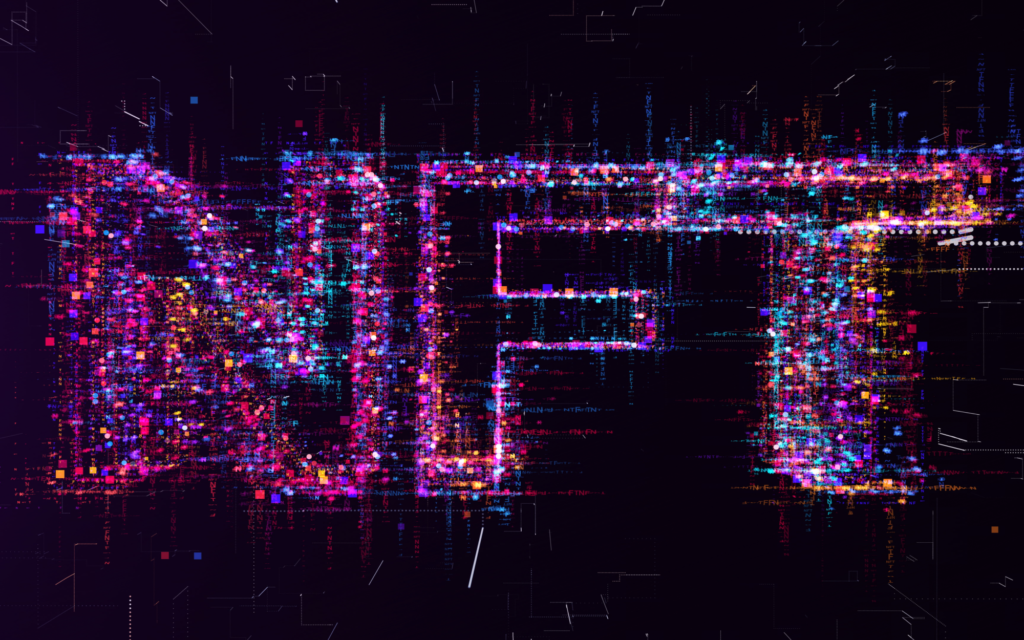
In recent years, the intersection of art and technology has given rise to a groundbreaking phenomenon known as NFT art. Non-fungible tokens (NFTs) have revolutionized the art industry by providing a platform for digital artists to create, trade, and own unique digital collectibles. NFTs have become a hot topic in the world of blockchain, crypto, and virtual galleries, transforming the way we perceive and consume art. In this article, we will delve into the various aspects of this booming world, from understanding NFT art to exploring the role of blockchain and virtual galleries. Join us on this journey through the decentralized art revolution.
Understanding NFT Art: The Basics
NFTs, unlike cryptocurrencies such as Bitcoin or Ethereum, are digital assets that represent ownership or proof of authenticity of a unique item or piece of content, whether it’s an image, video, music, or even virtual real estate. This uniqueness is achieved through blockchain technology, which ensures the NFT’s provenance and prevents duplication or alteration. NFTs have gained immense popularity, particularly in the art world, as they enable artists to monetize their digital creations, while collectors can own and trade these one-of-a-kind digital collectibles.

The Role of Blockchain in NFT Art
Blockchain technology lies at the heart of NFT art, providing transparency, security, and immutability. Each NFT is cryptographically secured on a blockchain, such as Ethereum, ensuring that its ownership record cannot be altered or falsified. This level of transparency not only benefits artists by establishing provenance and protecting their intellectual property, but it also reassures collectors that they are investing in authentic and scarce digital assets. Additionally, blockchain technology allows artists to receive royalties every time their NFT is resold in the secondary market, providing them with a continuous revenue stream.
Exploring Crypto Art Marketplaces
NFT art marketplaces serve as the bridge between artists and collectors, facilitating the buying, selling, and trading of digital collectibles. These platforms have witnessed a meteoric rise in recent years, attracting both established artists and emerging talents seeking exposure and financial opportunities. Popular NFT marketplaces include platforms such as OpenSea, Foundation, SuperRare, and Rarible, each offering artists the ability to showcase and sell their digital creations to a global audience. These platforms operate on the principles of decentralization, empowering artists, and collectors by eliminating intermediaries and enabling peer-to-peer transactions.
Thriving NFT Artists and Their Impact
The rise of NFT art has brought forward a new wave of artists who have embraced the digital realm to push the boundaries of creative expression. These artists wield digital tools to create captivating and immersive pieces that challenge traditional notions of art. Through NFT marketplaces, they have gained recognition and financial success, with some selling their artworks for substantial amounts. NFTs have also democratized the art industry, allowing artists from marginalized communities to showcase their talents and reach global audiences without the need for gatekeepers or exclusive galleries.
NFTs as an Investment Opportunity
NFTs have increasingly become an attractive investment option, with collectors and investors looking to capitalize on their potential value appreciation. The scarcity and uniqueness embedded in NFTs, together with the growing demand for digital art, have generated significant returns for early adopters. However, investing in NFTs carries inherent risks, as the market can be highly volatile and speculative. Due diligence, research, and understanding the artists and their contributions are essential when considering NFT art as an investment. It is also crucial to be aware of potential issues surrounding copyright infringement or stolen works, as the digital landscape presents unique challenges in terms of intellectual property rights.
Virtual Galleries: The Future of Art Exhibition
Virtual galleries have emerged as the innovative solution to display and experience NFT art in a digital realm. These immersive platforms leverage virtual reality (VR) and augmented reality (AR) technologies to create captivating environments where collectors and art enthusiasts can appreciate and interact with digital artworks as if they were in a physical gallery. Virtual galleries have the potential to expand the reach of artists beyond geographical and physical boundaries, enabling them to connect directly with a global audience. Moreover, these platforms provide visitors with the ability to explore, acquire, and display NFT art collections in customizable virtual spaces.
The world of NFT art represents a groundbreaking revolution at the intersection of art, technology, and finance. Non-Fungible Tokens have empowered artists, collectors, and investors by establishing a decentralized ecosystem that enables the creation, ownership, and trade of unique digital assets. Through the use of blockchain technology, NFTs have solved longstanding challenges in the art industry, such as provenance, authenticity, and royalties. With the rise of virtual galleries and the growing interest in crypto art, the future of NFTs seems promising, while also presenting challenges that need to be navigated thoughtfully. As NFT art continues to evolve, it is essential for all stakeholders to embrace this transformative trend, pushing the boundaries and shaping the future of the art industry.
























